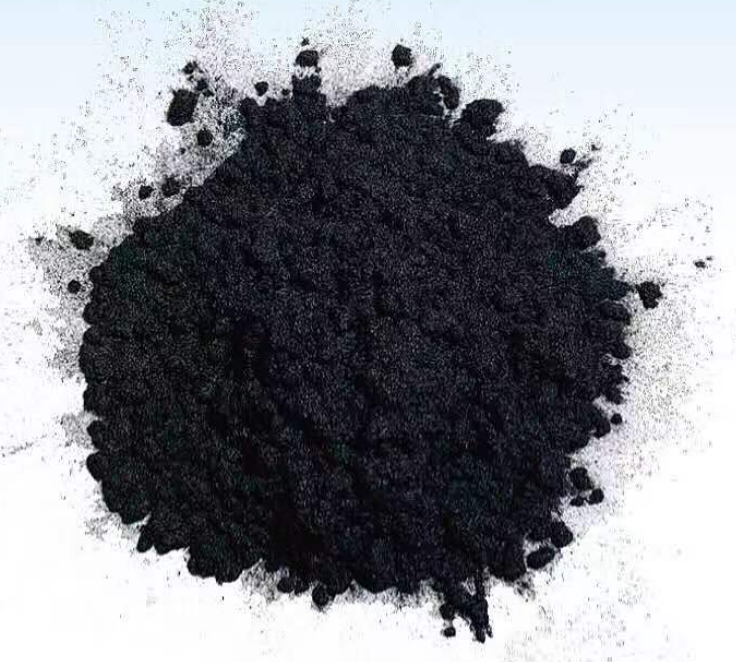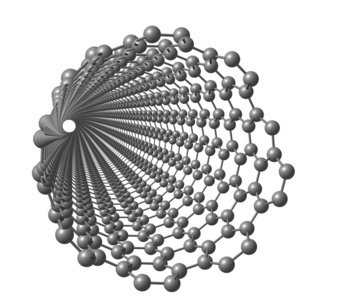TINY CARBON Carbon Nanotubes(CNTs) powder(small aspect ratio), characteristics: 1. High strength; 2. Tube diameter 15~60 nm, tube length 5~15μm; 3. Enhanced addition.


TINY CATBON CNTs Sample(Left picture)
When the size of the particle reaches the nanoscale, the electron level near the Fermi level rises from the continuous-state splitting component. When the spacing of energy levels is greater than that of thermal energy, magnetic energy, electrostatic energy, electrostatic energy, static magnetic energy, photon energy or condensed energy of superconducting state, the quantum effect of nanomaterials will appear, so that the magnetic, optical, acoustic, thermal, electric and superconducting properties will change. The structural characteristics of carbon nanotubes determine their unique physical and chemical properties, mainly reflected in the mechanical properties, electromagnetic properties, thermal properties, optical properties and so on.
1. Mechanical properties
The tensile strength of carbon nanotubes(CNTs) reaches 50 ~ 200 GPa, which is 100 times that of steel, but the density is only 1 / 6 that of steel. Carbon nanotubes have high Young modulus, the style modulus of single-wall carbon nanotubes is estimated to be up to 5 TPa, and the average Young modulus of multi-wall carbon nanotubes is 1.8 TPa, which is about 5 times that of steel. Although its structure is similar to that of polymer materials, it is much more stable than that of polymer materials. Carbon nanotubes are as hard as diamond, but they have good flexibility. After the CNT is flattened and the pressure is removed, the CNT immediately recovers its shape like a spring, showing good toughness. Mechanical properties are anisotropic, and the axial and radial mechanical properties vary greatly.
The aspect ratio of carbon nanotubes is generally above 103, which is an ideal high-strength fiber material. Based on the excellent mechanical properties of carbon nanotubes, they can be used as enhancers of structural composites.
2. Electromagnetic performance
Carbon nanotubes have good electrical performance, because the structure of carbon nanotubes is the same as that of graphite, so they have good electrical properties. Theory predicts that its conductivity depends on its tube diameter and the spiral angle of the tube wall, showing both conductor and semiconductor properties.
Generally, perfect carbon nanotubes have an order of magnitude less resistance than defective carbon nanotubes; radial resistance is greater than axial resistance; carbon nanotube bundles and single nanotubes show superconductivity, the latter showing lower temperature.
3. Thermal performance
Carbon nanotubes have good heat transfer performance, it has a very large aspect ratio, so its heat exchange performance along the length direction is very high.
Carbon nanotubes have a high thermal conductivity, as long as the trace carbon nanotubes are doped in the composite, the thermal conductivity of the composite may be greatly improved.
4. Optical properties
Because carbon nanotubes have nanoscale tips, which can emit a large number of electrons at relatively low voltage, it presents good field emission performance and is very suitable for being the cathode of various field emitters, even at the tip of carbon nanotubes. Carbon nanotube films also have a strong absorption of sunlight.
In addition, carbon nanotubes are still a very potential hydrogen storage material because of their large specific surface area and hollow structure, as well as the graphite-like gap between multi-wall carbon nanotubes, which will be introduced in detail in the future application of carbon nanotubes.